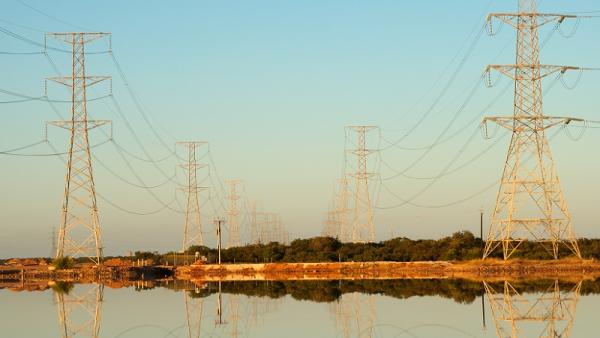
James Laurenceson, Deputy Director, Australia-China Relations Institute, University of Technology Sydney |
This article originally appeared in the Australian Financial Review, August 9 2016.
The potential sale of NSW electricity distributor Ausgrid to a Chinese company is bedevilled by questions about national security. On Sunday Treasurer Scott Morrison said those questions will be his "prime consideration" in deciding whether to allow the deal to go ahead.
Here are a few facts for the Treasurer to keep in mind.
First, State Grid, the Chinese bidder for Ausgrid that is copping the most heat from critics, already owns electricity distribution assets in Victoria and South Australia.
As a state-owned company, these investments required mandatory assessment by the Foreign Investment Review Board (FIRB) and in both cases were judged to be in the national interest.
And last year State Grid again received FIRB's tick of approval when bidding for Transgrid, another NSW electricity distributor that ended up being sold to a consortium that included Canadian and Middle East investors.
Second, the track record of defence hawks in assessing the national security implications associated with Chinese investment in infrastructure assets is poor.
Similar claims were made last year when the Northern Territory government decided to sell the port of Darwin to a Chinese company, Landbridge. But the chiefs of the Department of Defence, ASIO and the Australian Defence Force all rejected the idea that our national security was under threat.
Long-running dispute
To test whether there is sinister strategic intent and capability behind Chinese interest in Ausgrid, the Treasurer needs to look no further than our own region.
The Philippines is locked in a long-running and bitter territorial dispute with China in the South China Sea.
Yet in 2007 the Philippine government still approved China's State Grid to become the single largest owner of National Grid Corporation of the Philippines (NGCP).
That ownership stake didn't stop the Philippine government from taking China to an international court of arbitration to settle the South China Sea matter in 2013.
Nor did it lead to Beijing turning off the lights in Manila when the final decision went against China last month.
Why would a Chinese company pay $15 billion to acquire NSW electricity distribution assets it is secretly planning to blow up or otherwise disable in the highly unlikely event of a conflict? Presumably the NSW government, which will retain a 49.6 percent holding, wouldn't sit idly by in the remote chance of this happening.
Third, the Australian public don't buy into the idea that China is a foe like 1930s Japan.
According to polling released by the US Studies Centre at Sydney University in June, more Australians take the view that China does more good than harm in the Asia-Pacific region than those who say the same about the US.
There are also more Australians who support a strengthening of ties with China than those calling for closer ties with the US.
And in the latest Lowy Poll, China was the most popular choice of Australians as our "best friend in Asia".
Ownership concerns
In April polling by the Australia-China Relations Institute and the Centre for the Study of Choice at the University of Technology Sydney found that the overwhelming concern of the public with respect to foreign investment in infrastructure assets is the share of overseas ownership that will result, not which country the investor is from, nor whether the investor is state or privately-owned.
Finally, the killer economic fact in the Ausgrid deal is being missed: apart from Chinese bidders, there are no others.
If the Ausgrid sale to a Chinese company is blocked, it will mean a $15 billion loss to NSW.
In fact, it's worse.
When the NSW government successfully sold Transgrid last year it collected $10.3 billion from the winning consortium. But NSW taxpayers also pocketed a bonus – $2.2 billion courtesy of the federal government's asset recycling program. That sweetener is up for grabs in this privatisation.
The proceeds of the earlier Transgrid sale are now being used to bankroll a host of infrastructure projects such as the Sydney Metro, creating hundreds of jobs for NSW construction workers. It's because of projects like these that NSW now enjoys by far the lowest unemployment rate of any state.
Historically Australia has been able to rely on traditional partners such as Britain to fill domestic funding shortfalls. But data shows that in each of the last six years investment from Britain has been negative. In 2015 alone, British investors pulled a massive $70.2b more out of Australia than they put in.
With Treasurer Morrison weighing up the Ausgrid deal intently, cool-headed leadership around Chinese investment is desperately needed.
Author
Professor James Laurenceson is Deputy Director of the Australia-China Relations Institute (ACRI) at the University of Technology Sydney.


